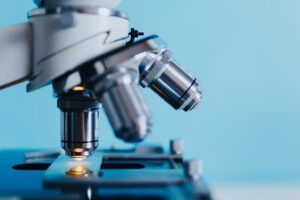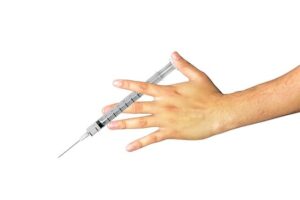
Current Diagnostic Methods for Liver Diseases
Liver diseases such as fatty liver disease, hepatitis, cirrhosis and liver cancer remain a serious public health problem in many countries including Iran. Early detection and accurate diagnosis of these diseases play a crucial role in their successful treatment and improved prognosis. Modern diagnostic methods can accurately determine the condition of the liver and detect diseases in their early stages.
Ultrasound diagnostics (USG)
Ultrasound is one of the most common and accessible methods of diagnosing liver disease. This method allows you to visualize the structure and size of the liver, as well as detect the presence of tumors, cysts and other pathologies. Ultrasound can also be used to assess the degree of cirrhosis and monitor its progression.
Computed tomography (CT) and magnetic resonance imaging (MRI)
CT and MRI provide more detailed images of the liver and surrounding tissues than ultrasound. These techniques can be used to determine the size of tumors, assess the extent of cirrhosis, detect cancer metastases, and plan surgery.
Blood biochemical tests
Biochemical blood tests, such as analyzing blood levels of aminotransferases (ALT and AST), alkaline phosphatase (ALP), bilirubin, and protein, can provide information about liver function and help detect the presence of abnormalities.
Fibroelastography (FibroScan)
FibroScan is a non-invasive method of assessing the degree of fibrosis (fat deposition) in the liver. It is based on measuring the velocity of ultrasound waves in the liver and can be useful for diagnosing cirrhosis and evaluating the effectiveness of treatment.
Liver biopsy
Liver biopsy is the gold standard for diagnosing many liver diseases such as cirrhosis and liver cancer. This invasive technique involves taking a small sample of liver tissue for further analysis under a microscope.
Conclusion
Modern methods of diagnosing liver diseases allow doctors to more accurately determine the condition of the liver and detect pathologies in the early stages. Early detection of liver disease using these methods can significantly improve the prognosis and quality of life of patients, providing them with timely treatment and support. It is important to remember that the choice of diagnostic method depends on the individual characteristics of the patient and the nature of the disease, and should be determined by a gastroenterologist or hepatologist.

